In the tumultuous world of oil markets, recent weeks have been marked by a precipitous decline in prices, driven by a confluence of factors that have sent shockwaves through the global economy. The specter of a trade war between the United States and China, coupled with a surprising decision by OPEC+ countries to increase output in May, has led to a perfect storm of uncertainty and volatility. This downturn is not just a blip on the radar; it has profound implications for oil-dependent economies in the Middle East and North Africa (MENA), where the fate of nations is often closely tied to the price of a single commodity.
On April 8, oil futures plummeted to a four-year low as investors priced in the possibility of a recession, driven by escalating tensions between the world's two largest economies. Although prices have since risen slightly, the prospects for a significant recovery remain bleak. Goldman Sachs, in a report on April 13, projected that oil prices would continue to decline through 2025 and 2026, with Brent crude averaging $63 a barrel for the rest of the year and even lower next year. The following day, JP Morgan slashed its oil price forecasts to $66 for Brent in 2025 and a target of $58 for 2026. These downward revisions reflect a growing consensus among analysts that the oil market is facing structural challenges that will persist for the foreseeable future.
The impact of these lower oil prices is acutely felt in the MENA region, where economies are heavily reliant on oil exports. Tim Callen, a visiting fellow at the Arab Gulf States Institute in Washington, described the situation as "bad news" for oil exporters in the region. He noted that Saudi Arabia, Oman, and Bahrain would be the most affected, while countries like the United Arab Emirates, Qatar, and Kuwait would be less impacted. Among all Middle Eastern economies, Saudi Arabia's is the "most vulnerable" to low oil prices, according to James Swanston, Middle East and North Africa Senior Economist at Capital Economics. As the world's top oil exporter, Saudi Arabia's economy is deeply intertwined with the price of oil. In 2024, oil accounted for 60% of government revenue, with crude oil and natural gas contributing more than 20% of the country's GDP. A per barrel price of above $100 is required for the country to balance its budget, Swanston explained.
Callen, who previously served as the International Monetary Fund chief to Saudi Arabia, estimated that with oil at $60 a barrel, Saudi Arabia's fiscal deficit would balloon to $62 billion, more than double the $27 billion estimated in its annual budget. This fiscal strain poses significant challenges for a country that has been actively investing in ambitious diversification projects. Since 2016, Saudi Arabia has unveiled $1.3 trillion in real estate and infrastructure projects as part of its Vision 2030 plan. These initiatives, known as "giga-projects," include the futuristic city of NEOM, intended to be a hub for manufacturing, media, and other industries. The first phase of NEOM is projected to cost hundreds of billions of dollars, according to the country's crown prince. Other projects include the development of luxury tourism destinations along the Red Sea coast and Qiddiya, an entertainment city on the outskirts of Riyadh.
However, lower oil prices could jeopardize the progress of these ambitious projects. Experts suggest that some giga-projects may face delays if the country is forced to cut back on capital expenditure. The potential slowdown in these projects could have far-reaching implications for Saudi Arabia's economic diversification strategy. While the country's finance ministry and its sovereign wealth fund, the Public Investment Fund (PIF), have not commented on the potential impact of lower oil prices on these initiatives, the financial strain is undeniable.
The challenges facing Saudi Arabia are not isolated to its domestic economy. The country's leadership role in OPEC has also been tested by recent developments. Since 2016, Saudi-led OPEC has implemented output cuts to boost oil prices, maintaining Brent crude oil largely within the $70 to $90 per barrel range. However, tensions within the organization and the broader OPEC+ group have persisted, with countries like Kazakhstan and Iraq exceeding their production quotas. The April 3 announcement by OPEC to increase output may have been an attempt to discipline overproducers, experts suggest. However, the continued flouting of production quotas could keep oil prices sagging, even if US President Donald Trump signals a potential U-turn on his trade war with China.
The situation was further complicated by comments from Kazakhstan's energy minister, who told Reuters in mid-April that national interests would take priority over those of OPEC+. His remarks led to a decline in prices, though he later issued a statement reaffirming the country's commitment to working with the group. The ongoing challenges within OPEC+ highlight the difficulties in maintaining coordinated output policies, especially when individual countries prioritize their own economic interests.
Despite these challenges, Saudi Arabia is not without options. Callen noted that the Kingdom is in an "enviably strong" fiscal position, with relatively low public debt levels. The country can manage lower oil prices by cutting back on spending and borrowing more, though this is not an ideal scenario. Swanston pointed out that Saudi Arabia has some of the lowest oil production costs in the world, which could help it withstand price levels that would be unsustainable for countries with higher production costs. "Their cost of production is minuscule," Swanston said. "They can weather lower prices."
However, the prolonged period of lower oil prices could still delay Saudi Arabia's diversification efforts. The country's ambitious plans to transition away from an oil-dependent economy may take longer than anticipated, as the financial resources required for these initiatives become more constrained. The potential delays in giga-projects like NEOM and the Red Sea tourism developments could have a cascading effect on the broader economy, impacting sectors such as construction, tourism, and manufacturing.
The recent slump in oil markets, driven by fears of a trade war and OPEC+ output dynamics, poses significant challenges for oil-dependent economies in the Middle East and North Africa. Saudi Arabia, as the world's top oil exporter, is particularly vulnerable to the financial strain of lower oil prices. While the country has some of the lowest production costs and a relatively strong fiscal position, the prolonged period of lower prices could delay its ambitious diversification plans. The ongoing tensions within OPEC+ and the potential for further disruptions highlight the need for coordinated efforts to stabilize oil prices. As the world navigates these complex dynamics, the future of the oil market and the economies that depend on it remains uncertain. The choices made today will shape the trajectory of these economies for years to come.

By Eric Ward/Apr 29, 2025

By Jessica Lee/Apr 29, 2025

By Lily Simpson/Apr 29, 2025

By Amanda Phillips/Apr 29, 2025
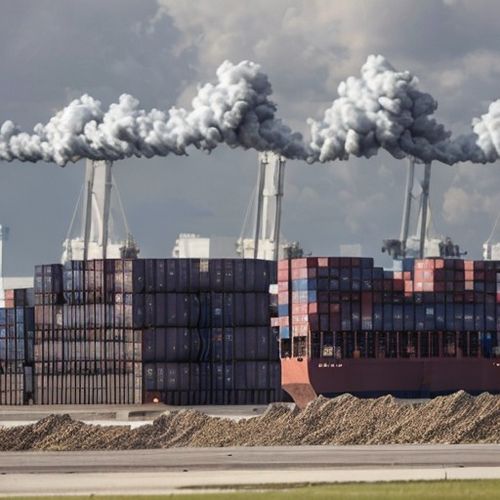
By James Moore/Apr 29, 2025

By Amanda Phillips/Apr 29, 2025

By Sophia Lewis/Apr 29, 2025
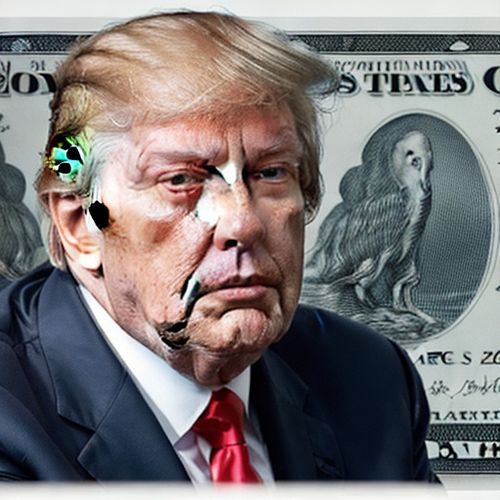
By Ryan Martin/Apr 29, 2025

By Elizabeth Taylor/Apr 29, 2025
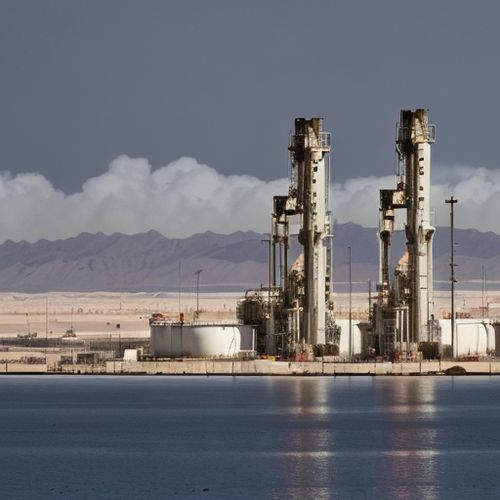
By Noah Bell/Apr 29, 2025
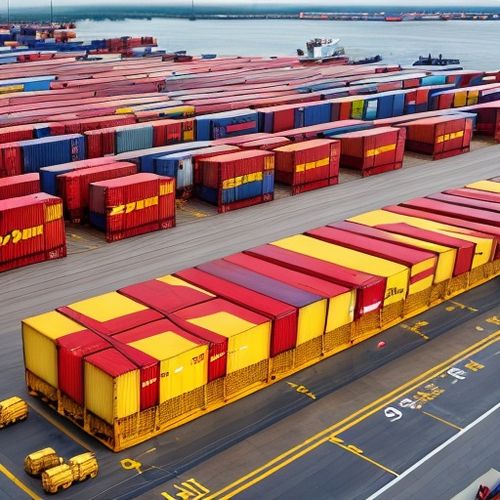
By Emily Johnson/Apr 29, 2025

By Grace Cox/Apr 29, 2025

By Rebecca Stewart/Apr 29, 2025

By Elizabeth Taylor/Apr 29, 2025
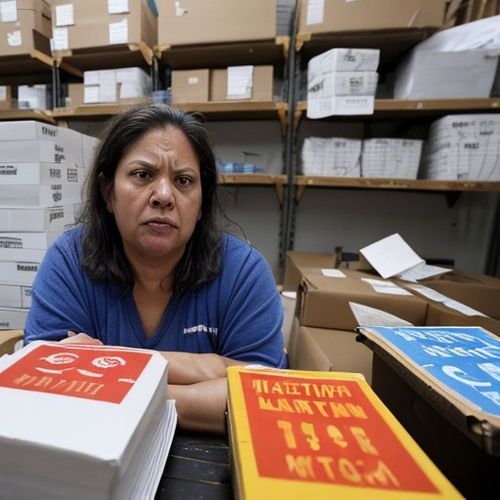
By Michael Brown/Apr 29, 2025
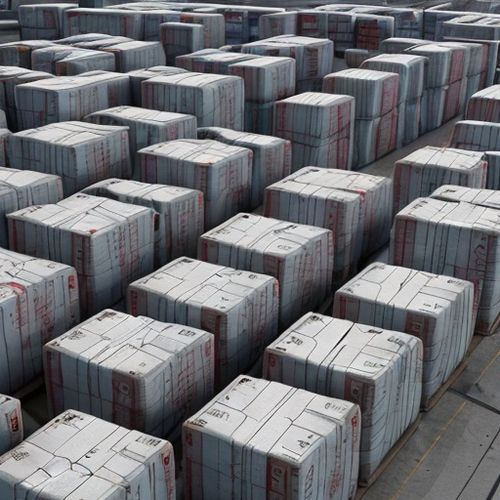
By Olivia Reed/Apr 29, 2025
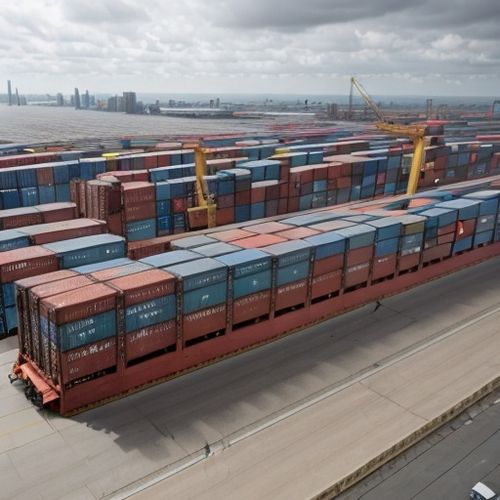
By Daniel Scott/Apr 29, 2025

By Joshua Howard/Apr 29, 2025

By Megan Clark/Apr 29, 2025

By John Smith/Apr 29, 2025